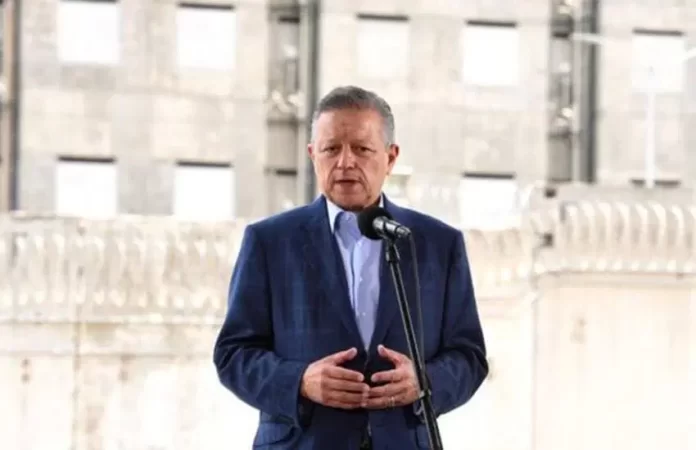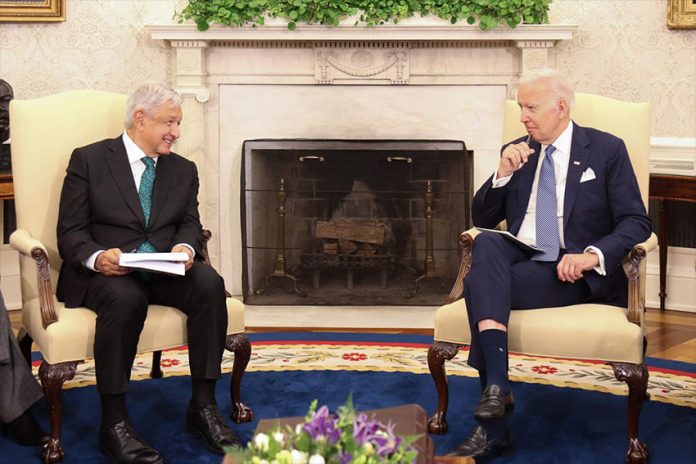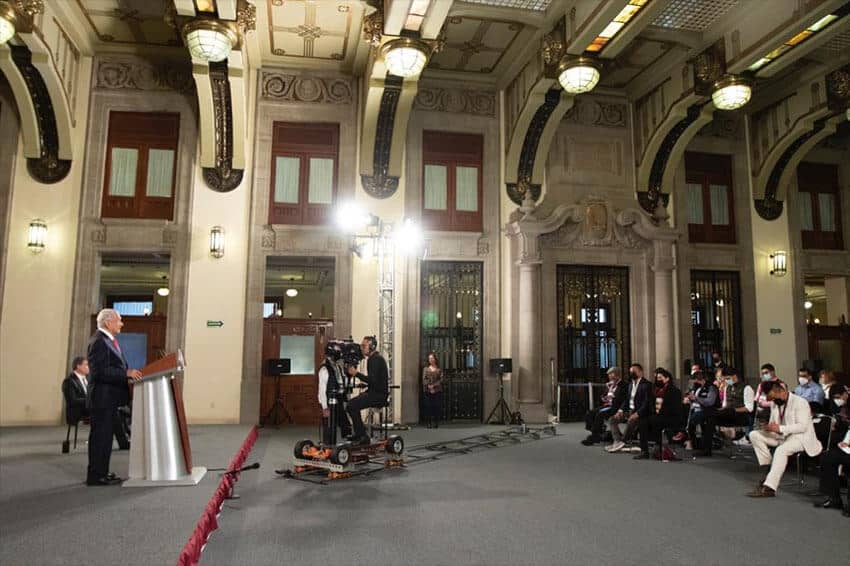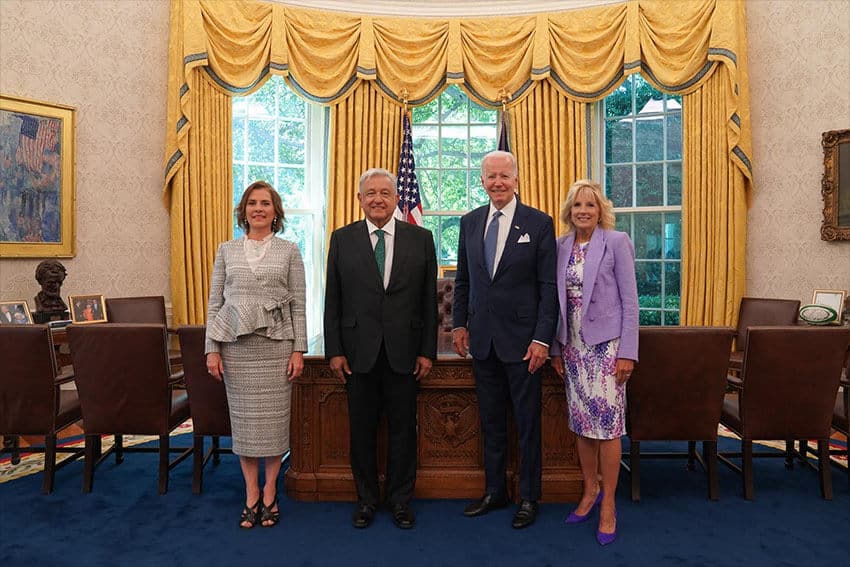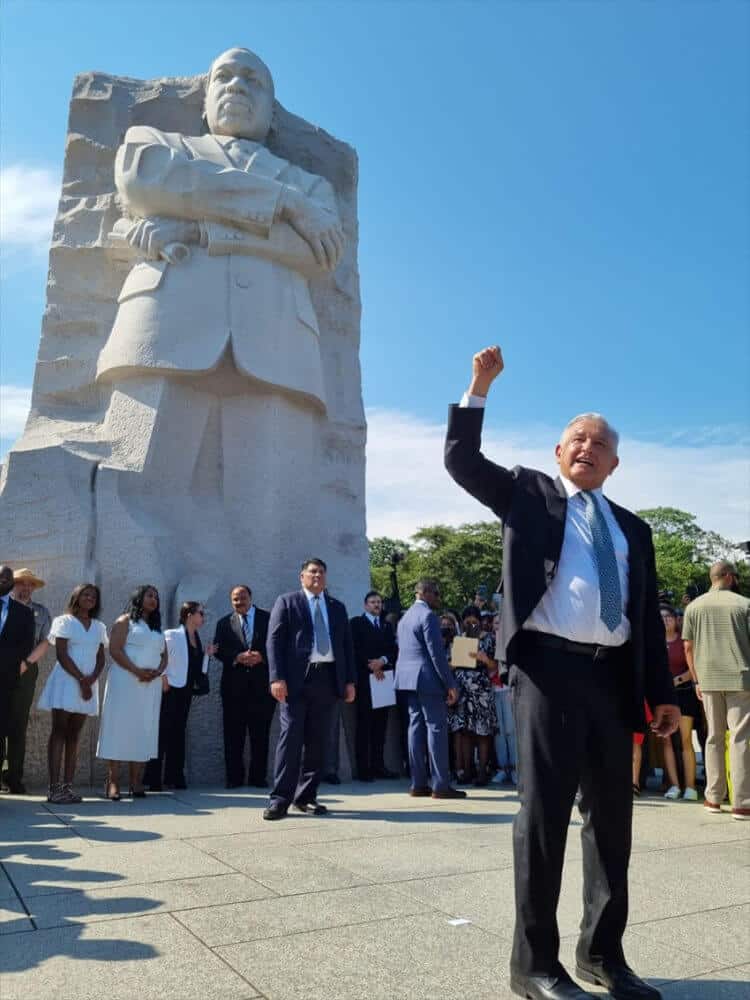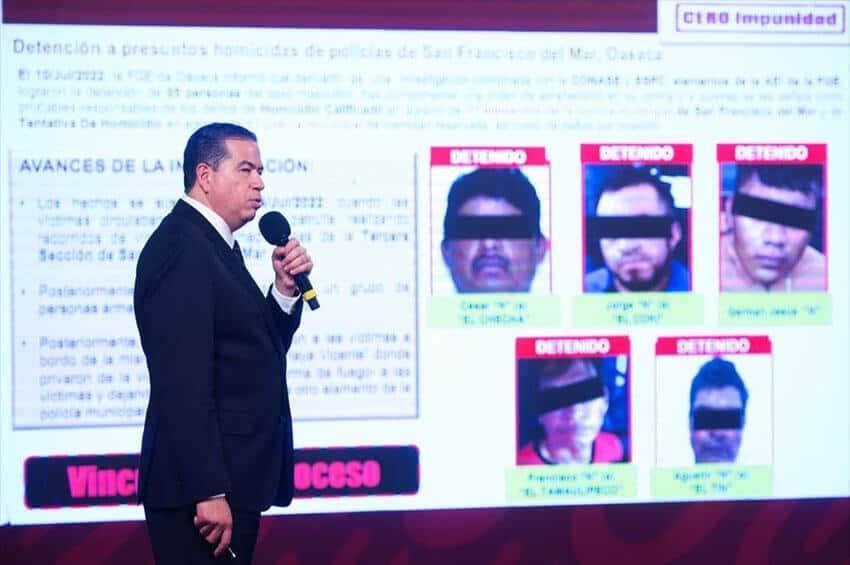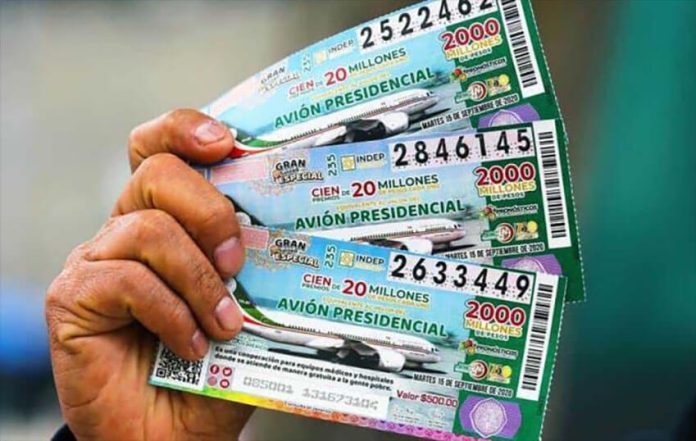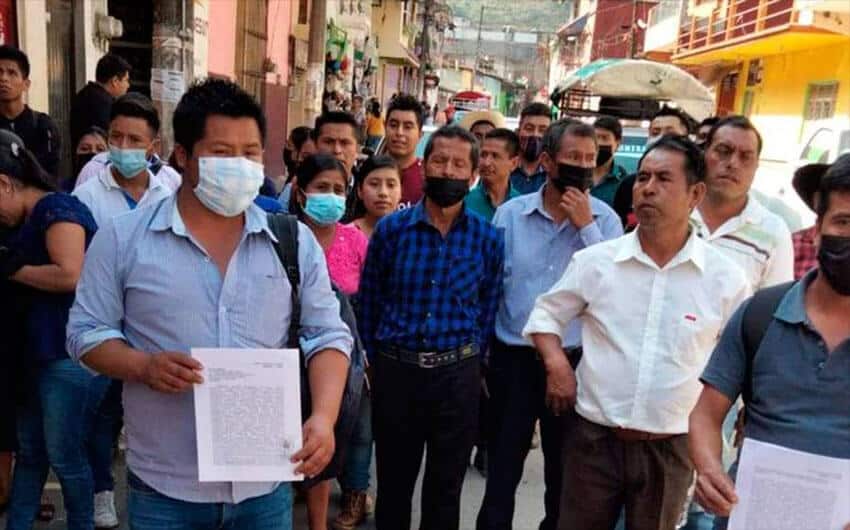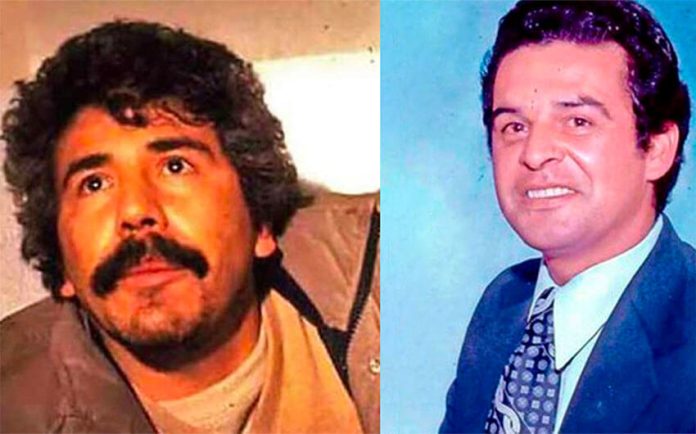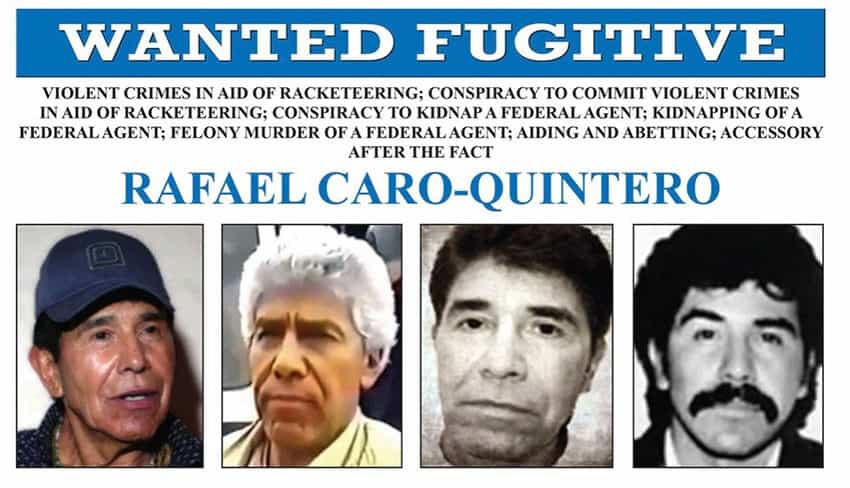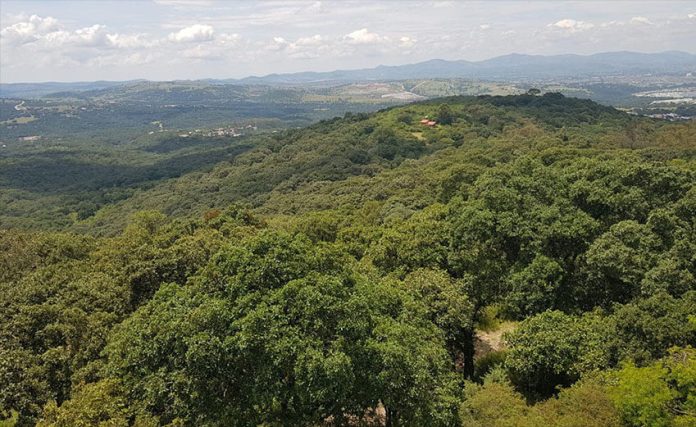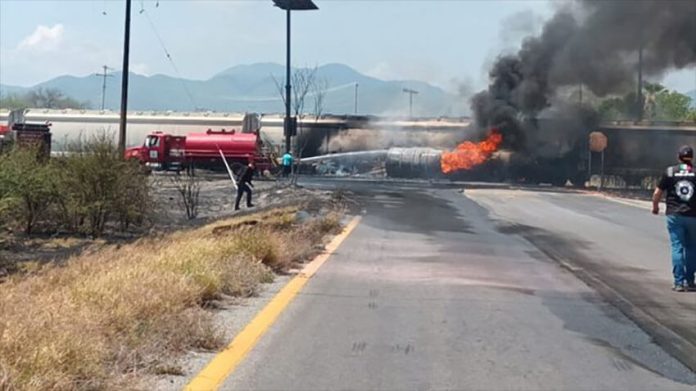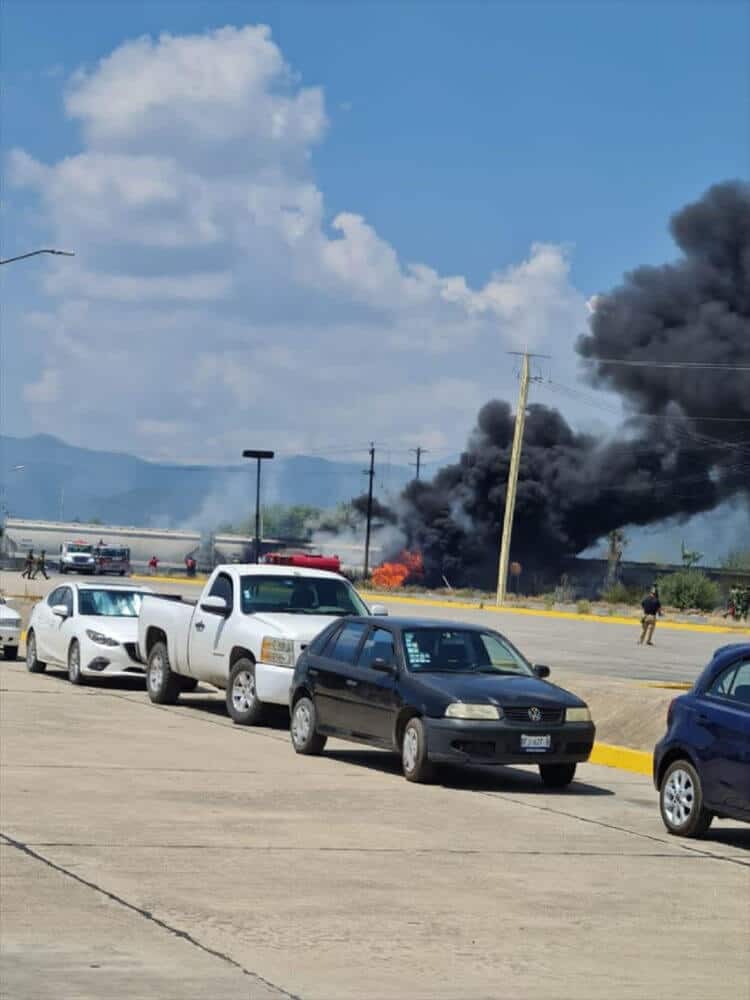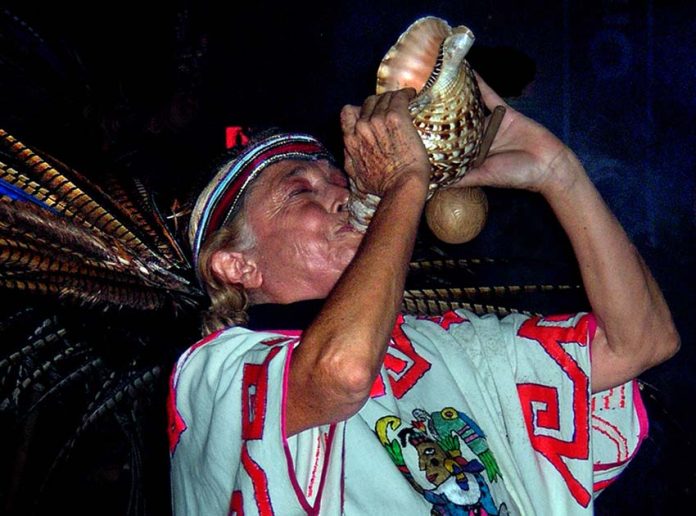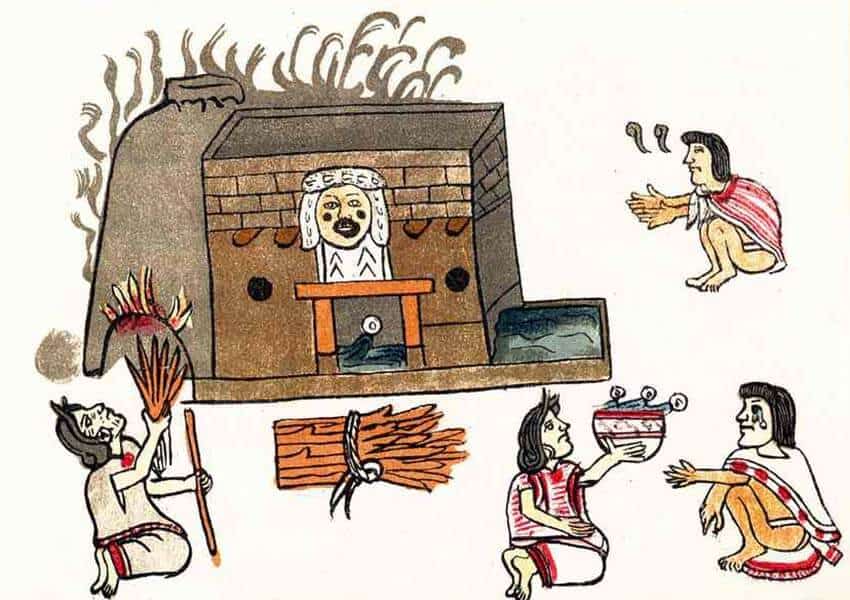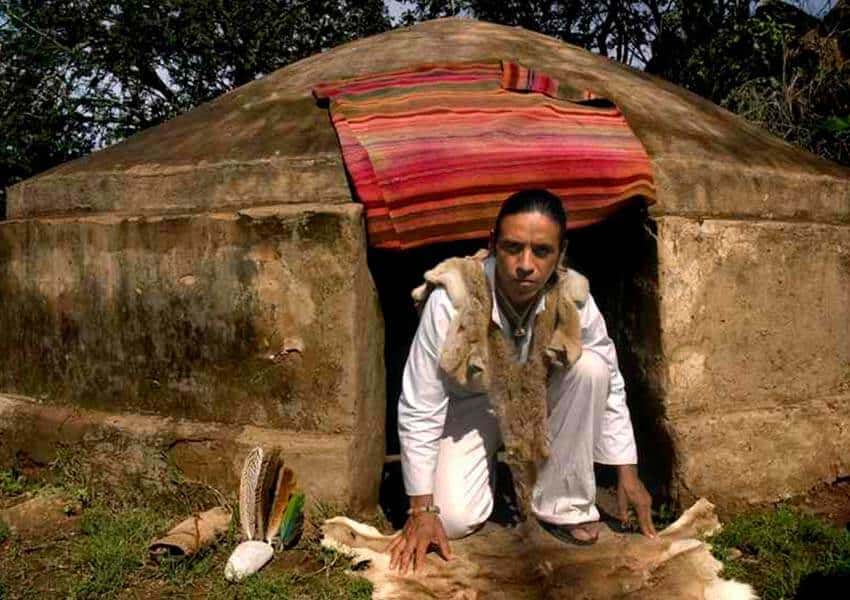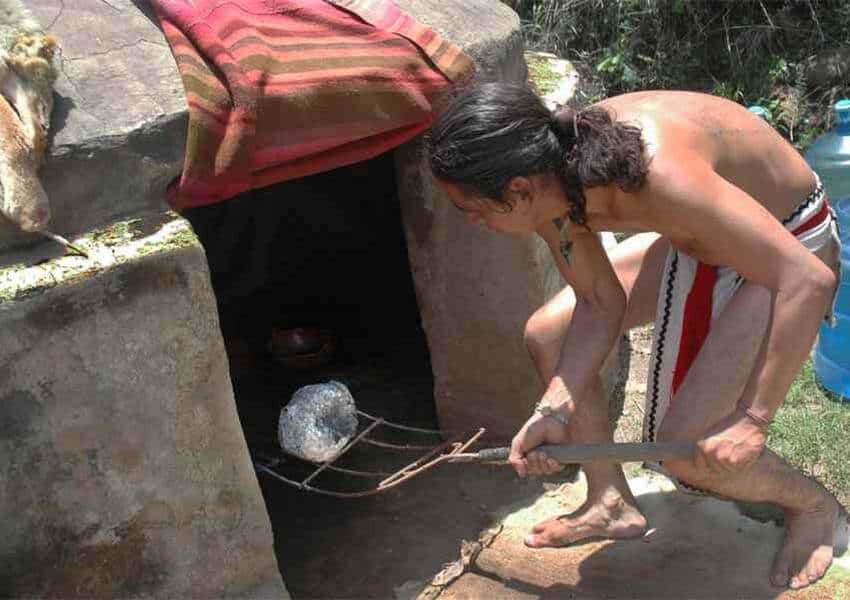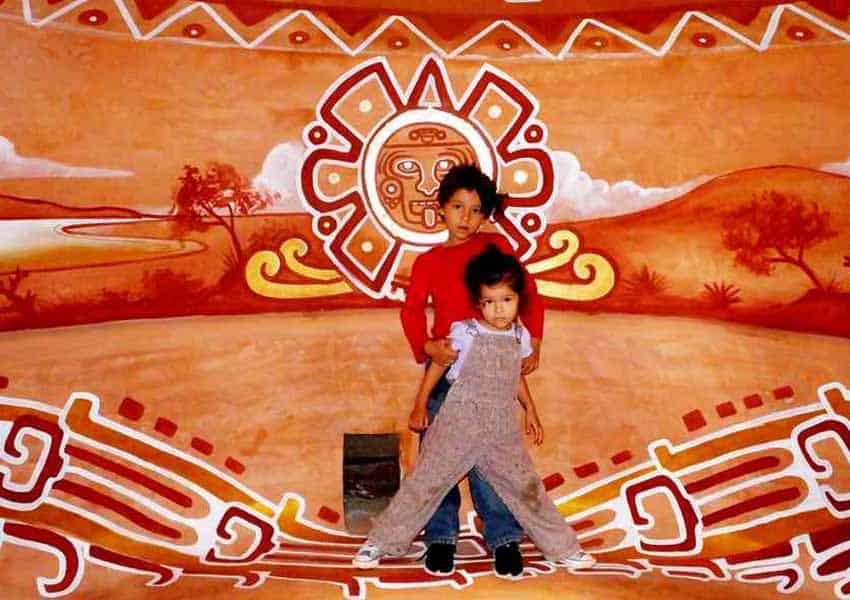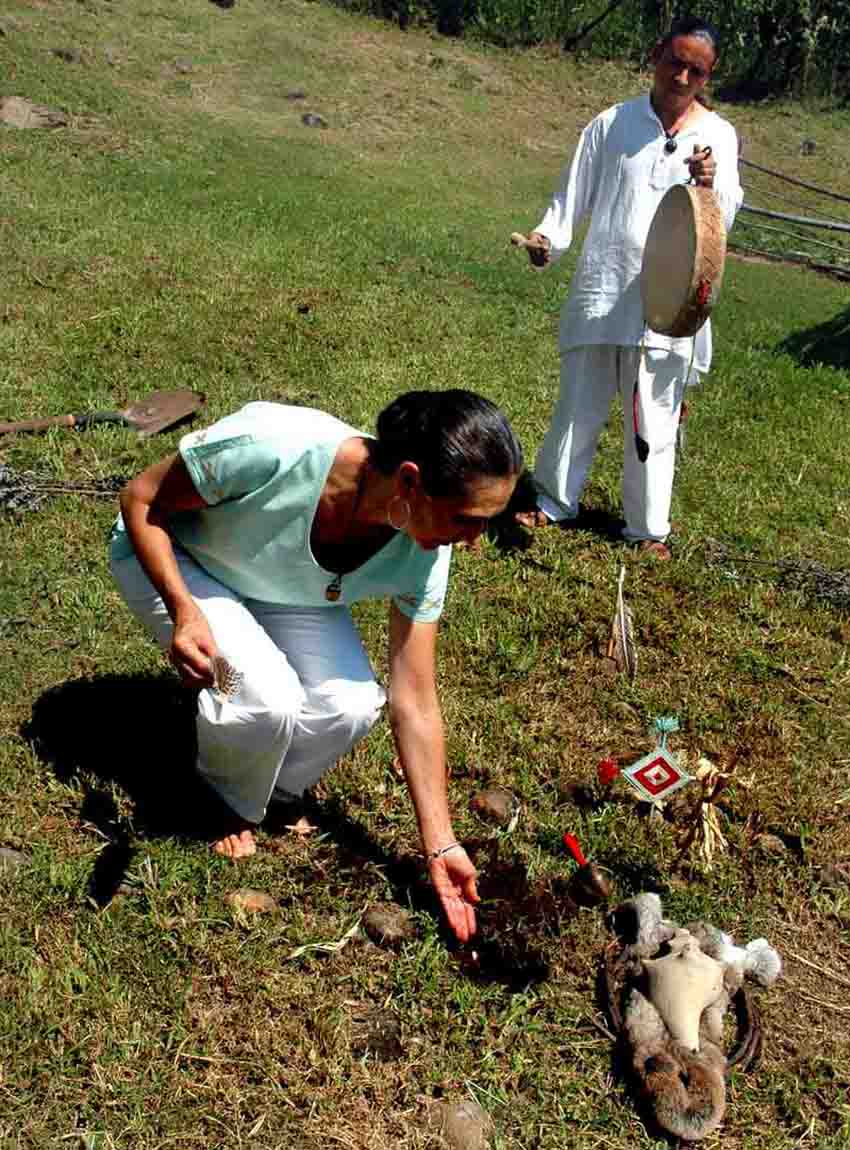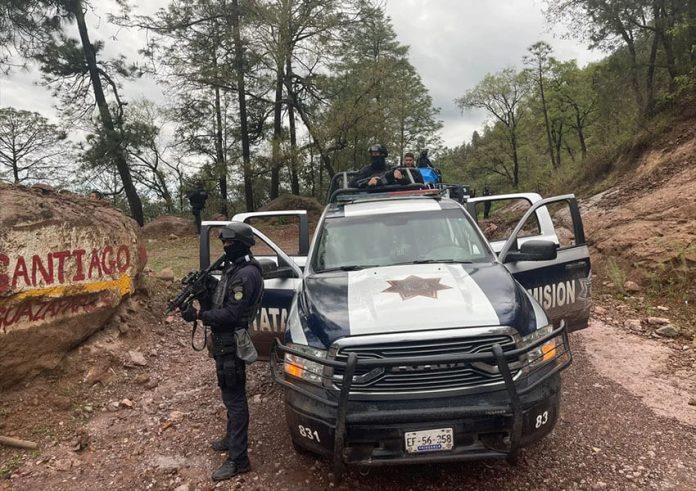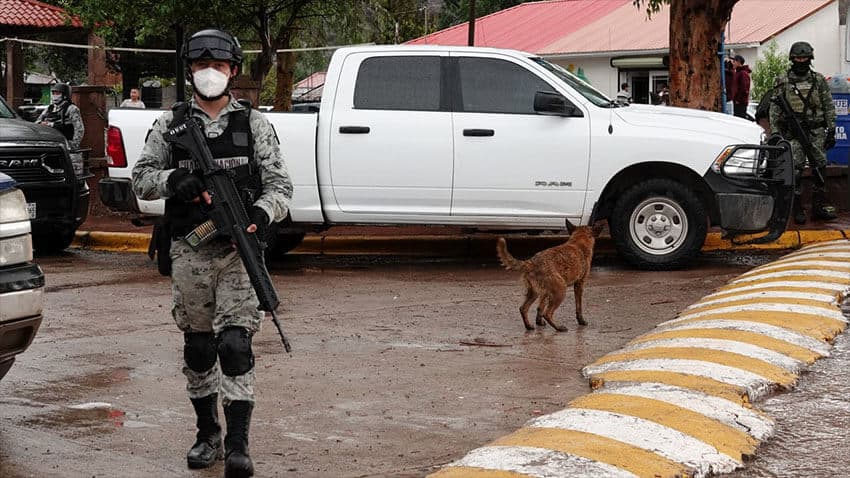It’s easy to feel discouraged lately.
The world has had a rough go of things. My native country, in particular, looks as if it’s about to implode on itself. It’s been rough watching democracy seemingly disintegrate before our very eyes from afar as a minority party gains an increasing amount of control over the country’s legal institutions despite the will of the majority of the people who live there.
Knowing that they could never retain power without gerrymandering, voter suppression and outright refusing to play by the rules, the Republican party in the United States has done a terrifyingly excellent job of cementing its power.
One of the most notable ways it’s done this is through Supreme Court appointments (in addition to the naming of more than 200 federal judges). After U.S. Senator Mitch McConnell successfully blocked former president Obama from appointing a new justice long before the elections, he and the Republican-controlled Senate then happily waved through several ideologically extreme and morally questionable nominees appointed by Trump who have now overturned Roe v. Wade‘s guarantee of the right to an abortion.
And if Supreme Court Justice Clarence Thomas’ curious opinion — yes, the same Clarence Thomas whose wife took an active role in trying to help Trump steal the 2020 election for himself – is to be taken seriously (and I think it should be), the right to contraception and even marriage between consenting adults might soon approach the chopping block as well.
The United States is now poised for abortion to be illegal in roughly half of its states, just as much of the rest of the world, including Mexico, is moving in the opposite direction.
I’ve been alarmed and saddened about the actions taken in my own country but hopeful about Mexico’s movement in the opposite direction over the past several years.
My optimism rose when I read a piece the other day about Mexican Supreme Court Chief Justice Arturo Zaldívar.
The Supreme Court of Mexico, while it has less power than the one in my country, has also had a few things to say on the subject of women’s rights, including abortion, in great part because of Chief Justice Zaldívar’s leadership.
In a unanimous vote, the court decriminalized abortion last year. While its legality is still technically up to individual states to decide, the Supreme Court’s actions have paved the way for access all over the country.
To paraphrase Záldivar: “We’re in favor of life – the life of the mother.”
I’ve written about abortion several times before, including the surprising landscape in Mexico as well as strategies for actually reducing the number of abortions that take place. (Hint: criminalizing it is not an effective way to reduce its incidence and, as Záldivar himself says, rich girls have always had access to abortions, meaning that what’s actually criminalized is poverty.)
I don’t feel much of a need to express myself further on the subject at this point – you can read my other articles about it if you want to know exactly what I think – except to say that a woman’s ability to control when and if she goes through a pregnancy and has children is everything.
Without that control, which comes via not just birth control but a general culture of respect toward women and their right to avoid coercive, unprotected sex — and, yes, the right to terminate a pregnancy — women’s possibilities for participating in the public spheres of society are near zilch, as has been the case for much of history.
When women have children, their lives are, quite simply, no longer their own.
Mr. Zaldívar has become an unlikely feminist ally. He was raised in a deeply Catholic family in a deeply conservative state: Querétaro.
The state has become much more cosmopolitan and diverse since even the days that I lived there, but I personally remember being surprised at how easily people were scandalized, especially when it was more than evident that everyone regularly participated in scandalous behaviors.
Given his background, it’s curious (and to me, inspiring) that his thinking has evolved to the point that he’s been such an instrumental actor in ensuring women’s rights and women’s inclusion in legal institutions – he’s responsible for guaranteeing a certain number of seats were reserved for women on the Supreme Court.
He credits his evolution to a circle of close female friends, aides and family members who have shared their own personal experiences and viewpoints with him. In a rare move for a powerful man, he did something amazing: he listened and he sympathized. He seems to have realized very clearly that the personal is indeed very political.
I, for one, am glad that women in Mexico have people in power on our side who recognize women as fully autonomous humans who should have absolute control over their bodies because there haven’t been many powerful people who’ve thought so for most of our history.
So it’s given me a rather unfamiliar feeling lately: hope.
Sarah DeVries is a writer and translator based in Xalapa, Veracruz. She can be reached through her website, sdevrieswritingandtranslating.com and her Patreon page.
